1. Sky Burials in the Himalayas

High up in the Himalayan regions of Tibet and Mongolia, some villages still practice sky burials—a sacred ritual where the dead are left on mountaintops to be consumed by vultures. It’s not as grim as it sounds; in fact, it’s considered an act of generosity, returning the body to nature in the most literal way. The belief is that the body is just a vessel and feeding animals helps the soul transition peacefully. Families often gather for this ceremony with a deep sense of reverence and love shares IFLScience.
Even though it may seem eerie to outsiders, this tradition is rooted in compassion and environmental respect. The practice is part of Vajrayana Buddhism, and locals view it as a final, selfless offering. Watching large birds carry away a loved one’s remains is emotional, yet oddly beautiful. It’s a reminder of how different cultures process life and death with meaning we may not immediately understand adds Nepali Times.
2. Finger Amputation in Papua
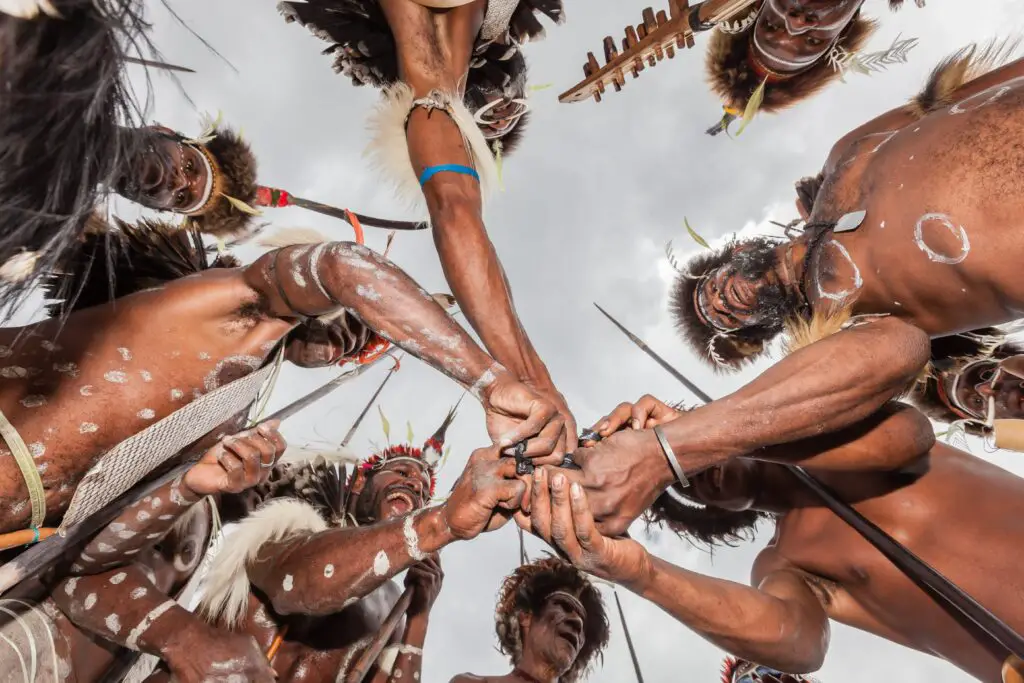
In a remote part of Indonesia, the Dani tribe once practiced finger amputation as a way to grieve. When someone passed away, female relatives would have a portion of a finger cut off to show their sorrow. The belief was that the physical pain would mirror their emotional loss, helping to release some of the inner anguish shares Snopes.
Although the ritual is now banned, a few elders still bear the signs—hands with missing digits, worn like a badge of deep love. It’s not something done lightly; each act came with a heavy heart. The ritual was also believed to keep angry spirits from lingering too long. For these villagers, mourning wasn’t quiet—it was seen and felt, permanently etched into their bodies adds Daily Mail.
3. Living with the Dead in Sulawesi
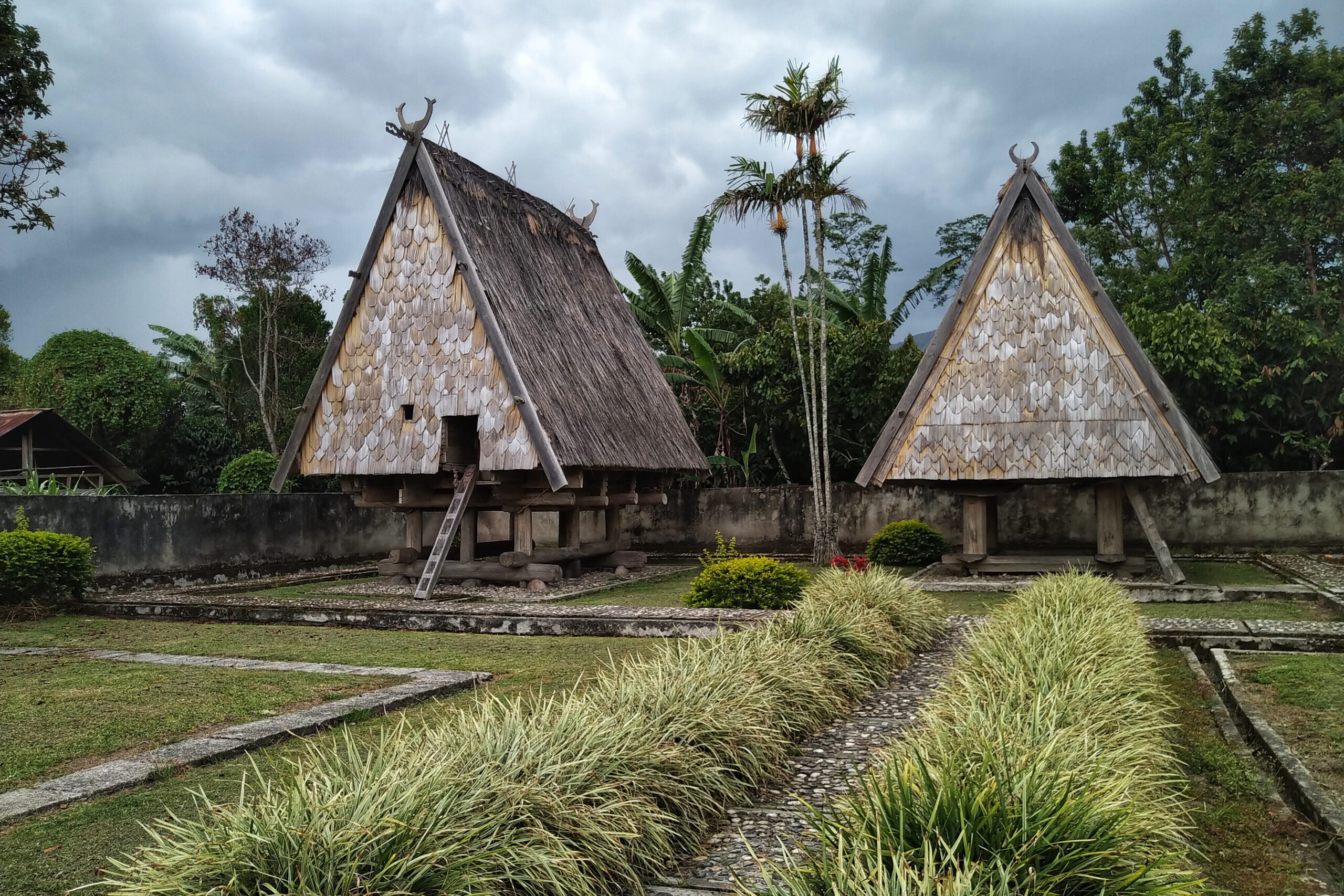
In the Toraja villages of Indonesia, people don’t say goodbye to their dead right away. Instead, the deceased are kept in the home for weeks, months, or even years. They’re dressed, spoken to, and treated as though they’re still alive, because the family believes the soul is still present. Death is viewed as a long transition rather than a final moment.
When it’s finally time for a funeral, it’s a multi-day celebration filled with food, music, and ritual. Some families even continue to visit the tomb and change the clothing of the deceased during an annual tradition called Ma’nene. To outsiders, it might feel unsettling, but for the Toraja, this closeness keeps love alive. It’s their way of holding on, a little longer, to the people they miss most.
4. Night Whistling Warnings in the Amazon

In certain remote Amazonian villages, whistling at night is believed to summon evil spirits. Locals avoid it entirely after sunset, passing down stories of disappearances and ghostly encounters. Children are warned early on, and even adults hush quickly if someone accidentally lets out a tune after dark.
There’s a tale in nearly every village of someone who whistled—and then vanished. Whether it’s superstition or something more, no one dares test it. It’s eerie how silence becomes a form of protection. Walking through the jungle at night, all you hear are the rustling leaves and a whole lot of nothing else.
5. Teeth Filing in Bali
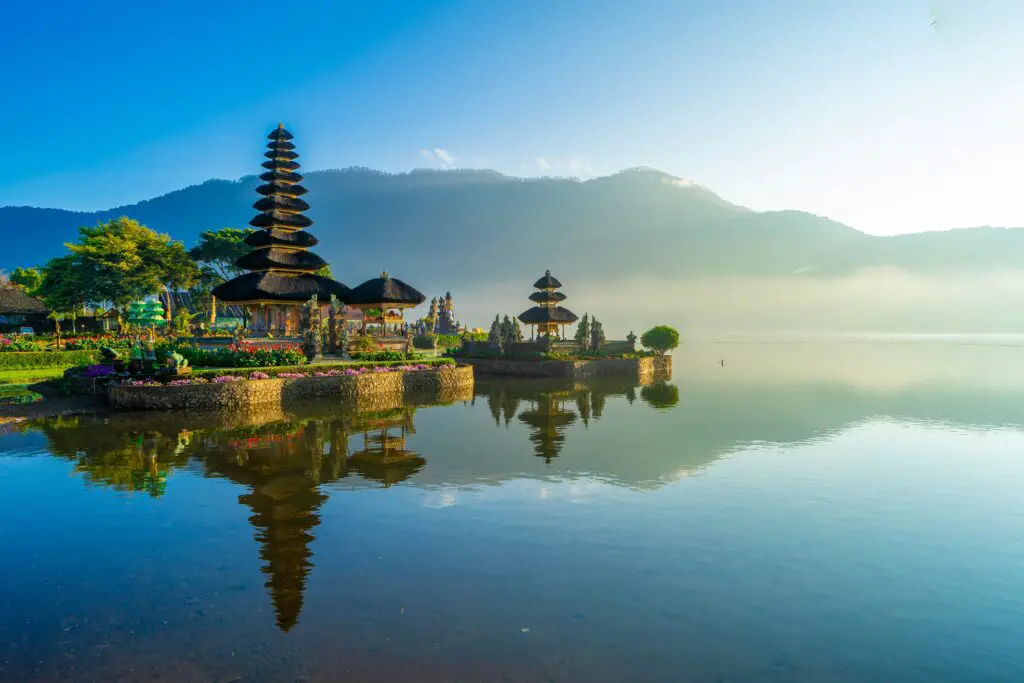
Though more modern now, some remote Balinese villages still practice tooth filing ceremonies, especially before coming-of-age rituals. The belief is that our animal instincts live in the pointed parts of our teeth, and filing them down smooths the path to spiritual maturity. The ceremony is often emotional and symbolic, especially for young adults.
They lie back as a priest carefully shaves down the top teeth, while family members watch with pride. It’s not meant to hurt, but it does leave a mark—both physically and emotionally. This isn’t about beauty, but about becoming a balanced, controlled human. It’s their way of starting adulthood with intention and discipline.
6. Hanging Coffins in the Philippines

In the highlands of Sagada, coffins aren’t buried—they’re hung on cliff faces. Locals believe that placing their dead closer to the sky helps the soul reach heaven faster. Some of these wooden boxes are hundreds of years old, still clinging to limestone rock.
Getting them up there is no small feat—families carry coffins through treacherous paths and climb up steep cliffs to secure them. The tradition is slowly fading, but a few villagers still honor it. Tourists may gawk, but locals see it as a sacred duty. It’s a beautiful mix of risk, love, and reverence for those who came before.
7. Bride Kidnapping in Kyrgyzstan
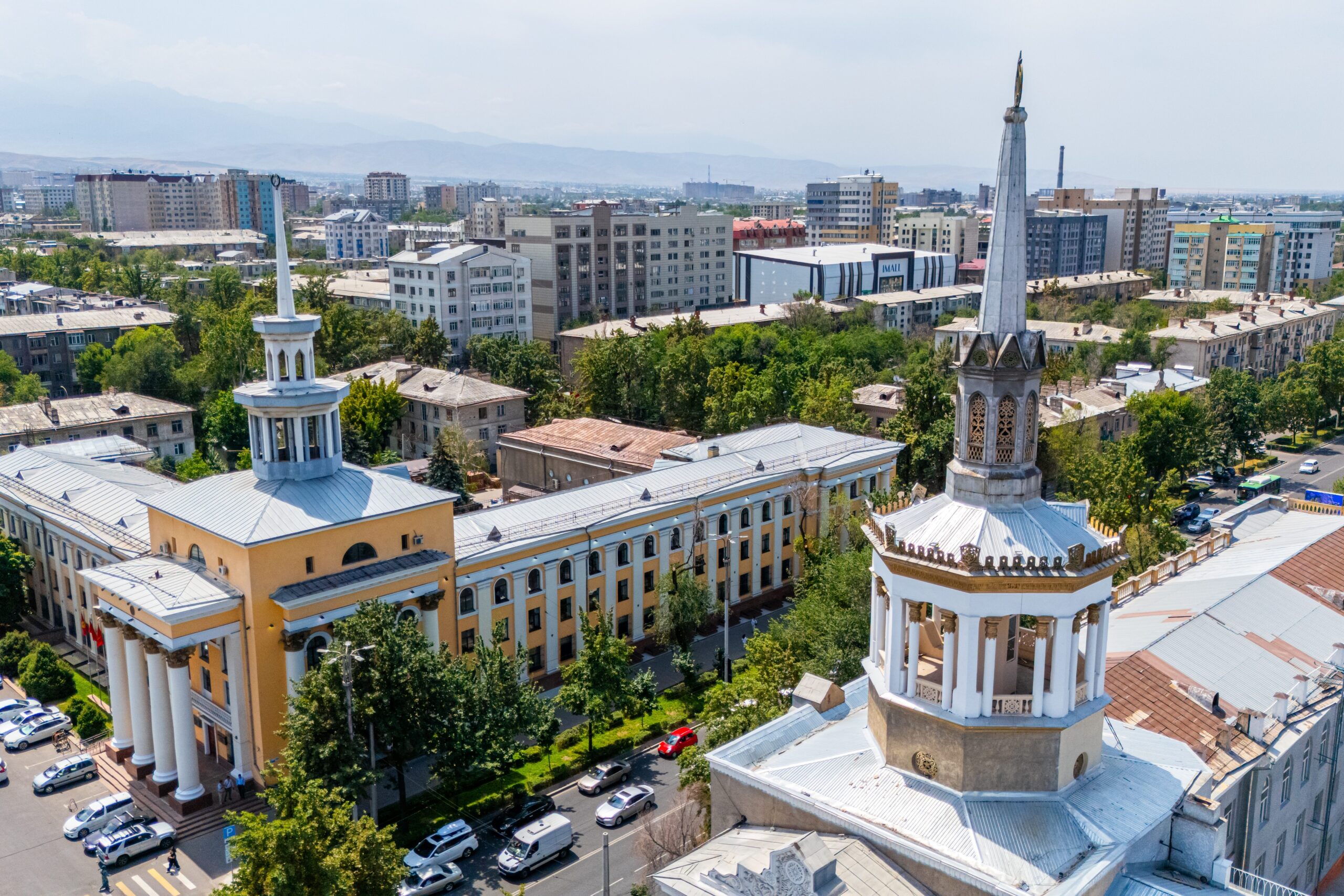
Though controversial and increasingly illegal, the tradition of bride kidnapping still happens in some remote Kyrgyz villages. A man will “abduct” a woman he wishes to marry, often with the help of friends or family. The woman is then taken to his home and pressured to accept the marriage.
While many modern Kyrgyz people denounce the practice, it lingers in places where tradition runs deep. Some older villagers still claim it’s a form of courtship, albeit one rooted in outdated values. For some women, it’s terrifying and traumatic. Efforts continue to end the practice entirely, but in some pockets, it’s still happening behind closed doors.
8. Bullet Ant Ritual in Brazil

Among the Satere-Mawe tribe, becoming a man means enduring the sting of bullet ants. These aren’t your average pests—they’re considered to have one of the most painful insect stings in the world. Boys place their hands in woven gloves filled with the ants and must keep them on for several minutes.
The ritual is done multiple times to prove strength and endurance. The pain is said to last for hours, even days, and causes temporary paralysis. But the boys rarely cry; they grit their teeth and push through, surrounded by family cheering them on. It’s painful to watch, but it’s a rite of passage they wear with pride for the rest of their lives.
9. Turning of the Bones in Madagascar
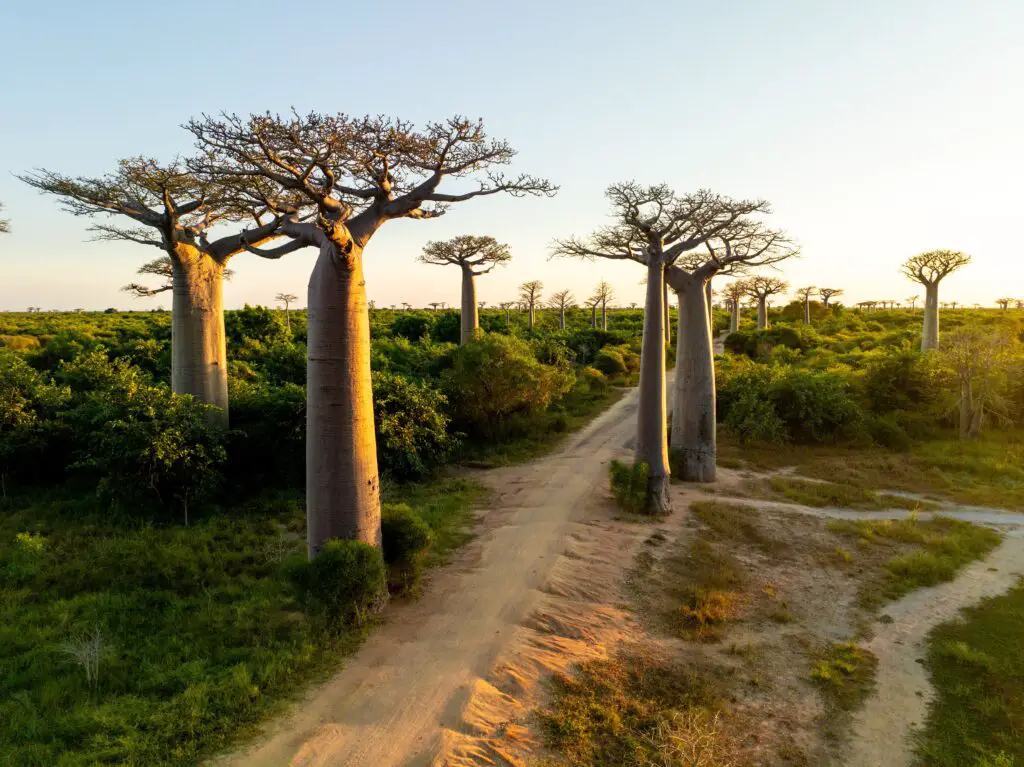
Every few years, Malagasy families in certain villages dig up their ancestors’ remains for a tradition called Famadihana, or “turning of the bones.” The bones are lovingly wrapped in fresh cloth, danced with, and sometimes even spoken to. It’s a joyful event filled with music, laughter, and feasting.
Rather than fearing the dead, they celebrate them. The ceremony reconnects the living with those who came before, reinforcing family bonds. For them, the dead are not gone but simply residing in another realm. Though the idea may give you chills, it’s rooted in love and remembrance.
10. Witch Cleansing Rituals in Ghana
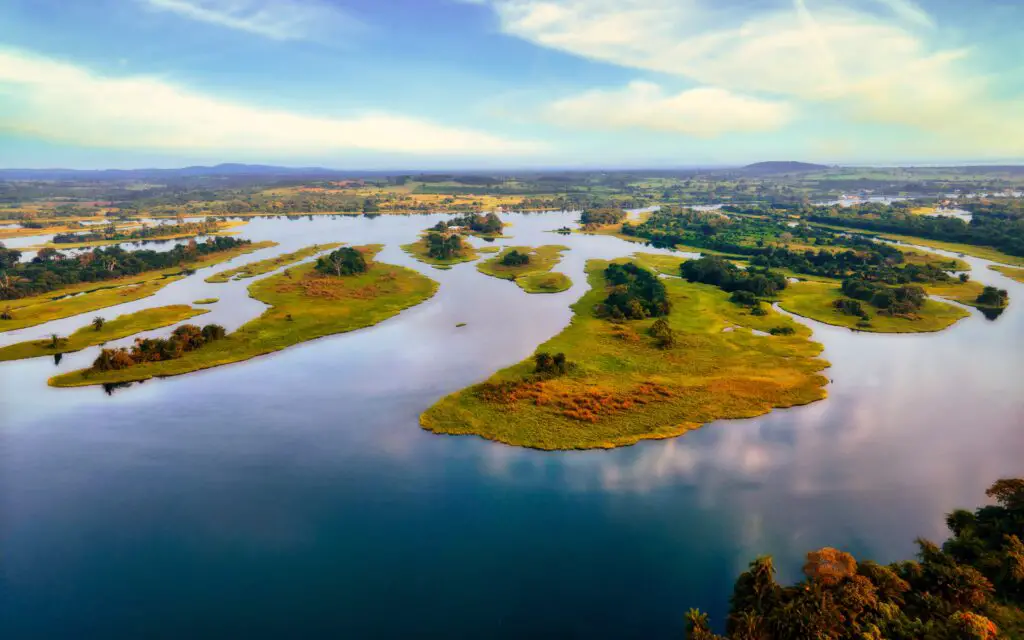
In some isolated villages in Ghana, women accused of witchcraft are sent to special camps or undergo cleansing rituals. These accusations often arise after strange illnesses, bad luck, or unexplained deaths. The cleansing involves confession, spiritual guidance, and symbolic acts like animal sacrifices.
Many of these women live out their lives in “witch camps” to avoid further harm. While the tradition stems from old spiritual beliefs, it has drawn criticism and calls for reform. Still, in some communities, the rituals continue, upheld by fear and cultural norms. It’s a chilling reminder of how suspicion can turn deadly in tight-knit places.
11. Death Songs in Aboriginal Australia
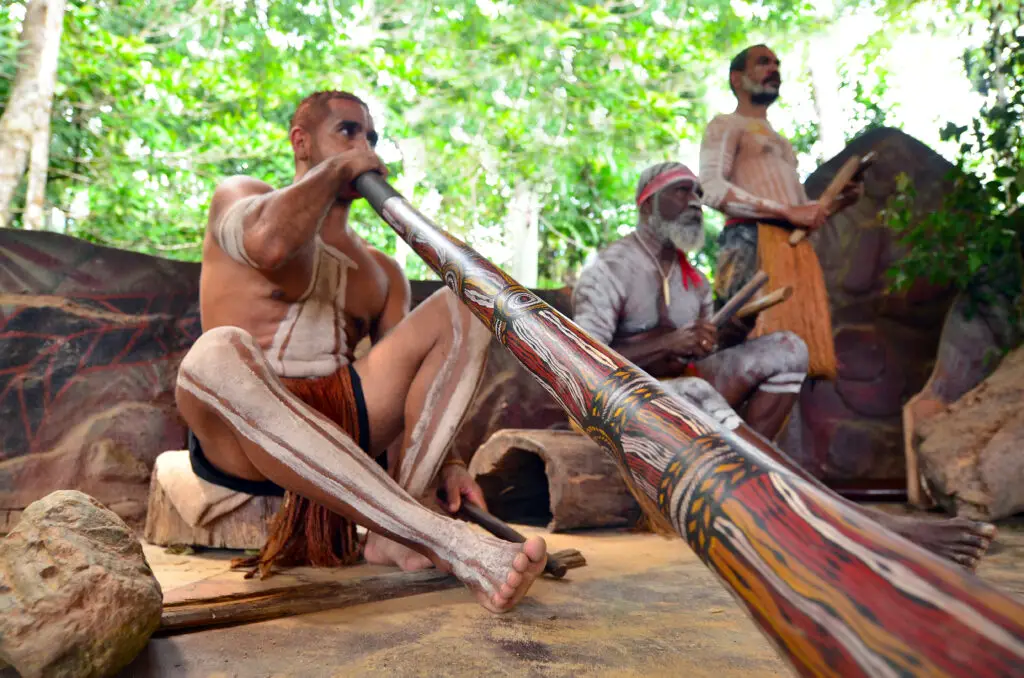
Among some remote Aboriginal communities, death is marked by unique mourning songs. When someone passes away, family members sing specially composed songs meant to guide the spirit to the afterlife. These songs are considered sacred and are only sung at specific times.
It’s not just music—it’s storytelling, prayer, and legacy all wrapped into one. The melodies vary from family to family and are deeply personal. Often, they’re passed down from ancestors, modified for the individual who passed. There’s something hauntingly beautiful about mourning through music that only your family knows.
12. The Plague Masks of Bulgaria
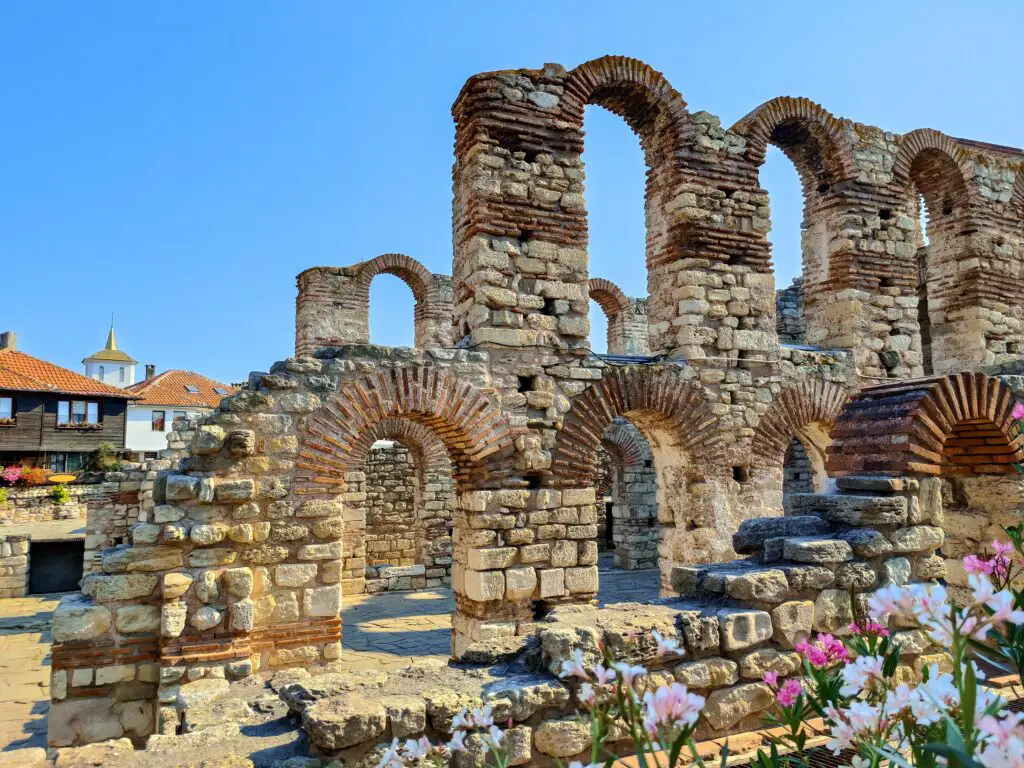
In some mountain villages, old plague rituals still echo through carnival traditions like Kukeri. Men dress in towering costumes with terrifying masks meant to scare away evil spirits and disease. Some masks even resemble the beaked plague doctor masks from medieval times.
The ritual is loud, chaotic, and a little scary—but intentionally so. The belief is that noise and fear can drive illness out of the village. Though now done mostly during festivals, its roots are in centuries-old disease prevention. It’s spooky, theatrical, and oddly effective at keeping ancient fears alive.
13. Human Scarecrows in Romania
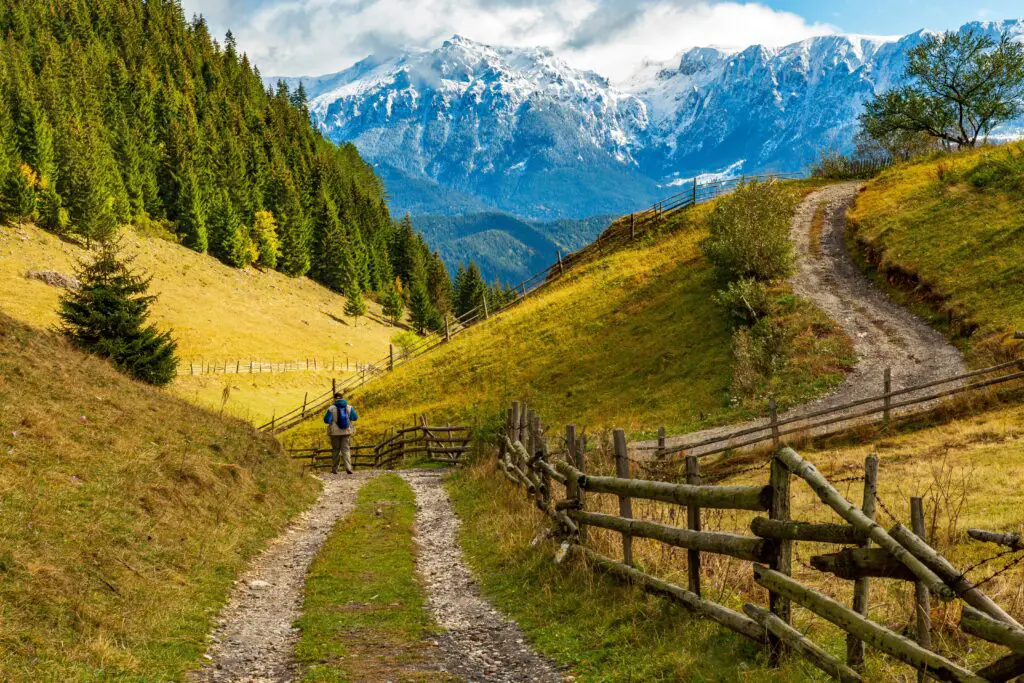
In rural Transylvanian villages, some farmers still use life-sized human-like figures to guard their crops. These aren’t your typical scarecrows—they’re dressed in old clothes, stuffed with straw, and positioned in lifelike poses. Some even have faces painted to resemble deceased relatives.
It’s believed that the spirit of the ancestor will help protect the land from thieves or misfortune. Locals speak of seeing these figures move or change position overnight. Whether it’s the wind or something else, no one’s quite sure. The practice is passed down quietly, almost like a whispered secret between generations.
